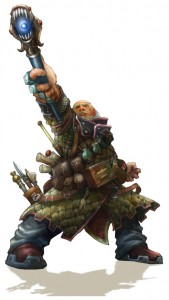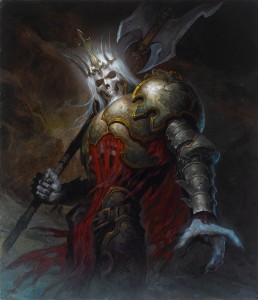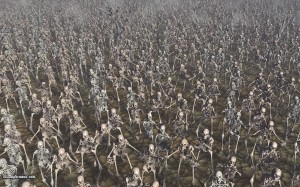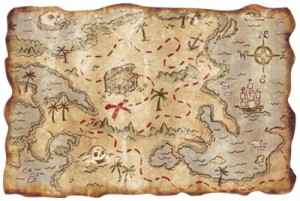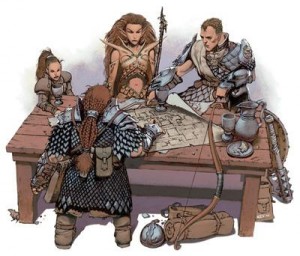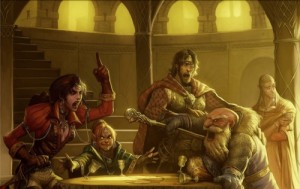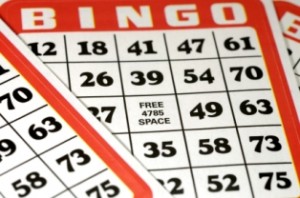 One of the things that I really like about the Lair Assault program is Glory awards. These are objectives that the characters can do throughout the course of the adventure that will earn them points. The points have no in-game significance; they’re merely earned by the players for bragging rights. At first I thought Glory was just a nice add-on but after only one or two sessions I realized that the players had their character take actions simply to fulfill the conditions listed on their Glory tracker. The more I thought about this phenomena the more I realized that using something like a Glory tracker in a home game could help the DM guide the party in certain directions without railroading the group. It could also add some brevity to the game as the PCs tried doing all sorts of crazy things simply because it was on their to-do list.
One of the things that I really like about the Lair Assault program is Glory awards. These are objectives that the characters can do throughout the course of the adventure that will earn them points. The points have no in-game significance; they’re merely earned by the players for bragging rights. At first I thought Glory was just a nice add-on but after only one or two sessions I realized that the players had their character take actions simply to fulfill the conditions listed on their Glory tracker. The more I thought about this phenomena the more I realized that using something like a Glory tracker in a home game could help the DM guide the party in certain directions without railroading the group. It could also add some brevity to the game as the PCs tried doing all sorts of crazy things simply because it was on their to-do list.
Initially I thought about just creating a laundry list and calling it Glory just like Liar Assault, but then I had a brainstorm: D&D Bingo! As players or their PCs accomplish pre-defined objectives they get to mark off squares as complete. The DM can elect to award prizes if PCs complete a single line, two lines, inside square, four corners, X, T, or full card – it really doesn’t matter. The idea is that once every player has a D&D Bingo card they’ll find additional motivation to do things they might not otherwise be inclined to do.
